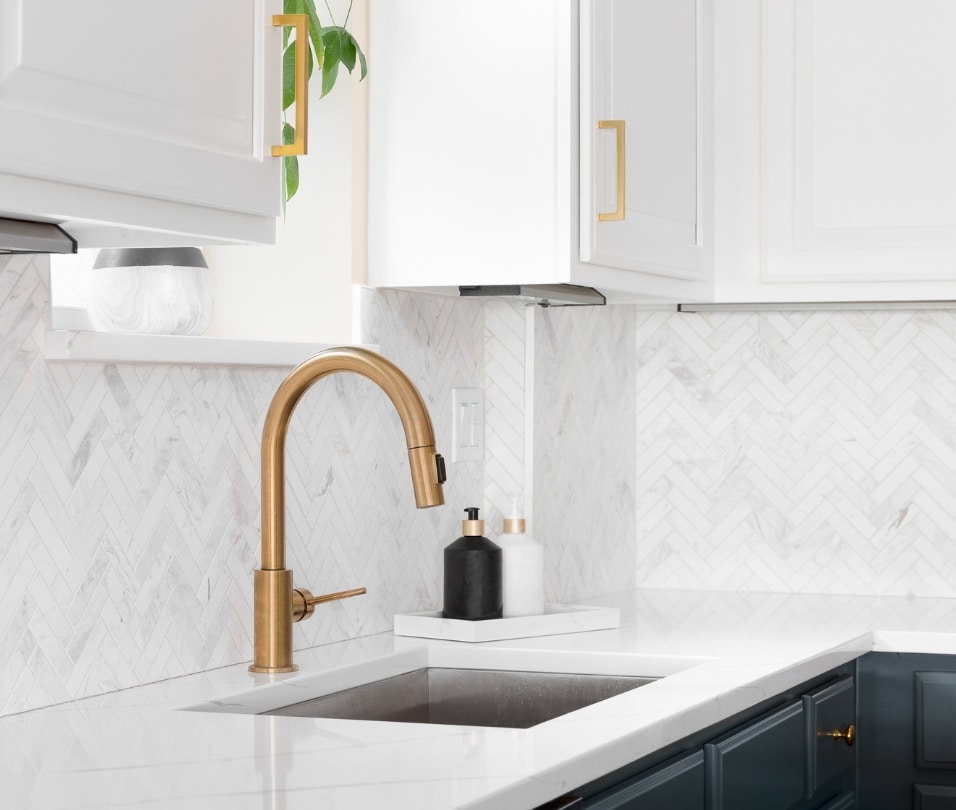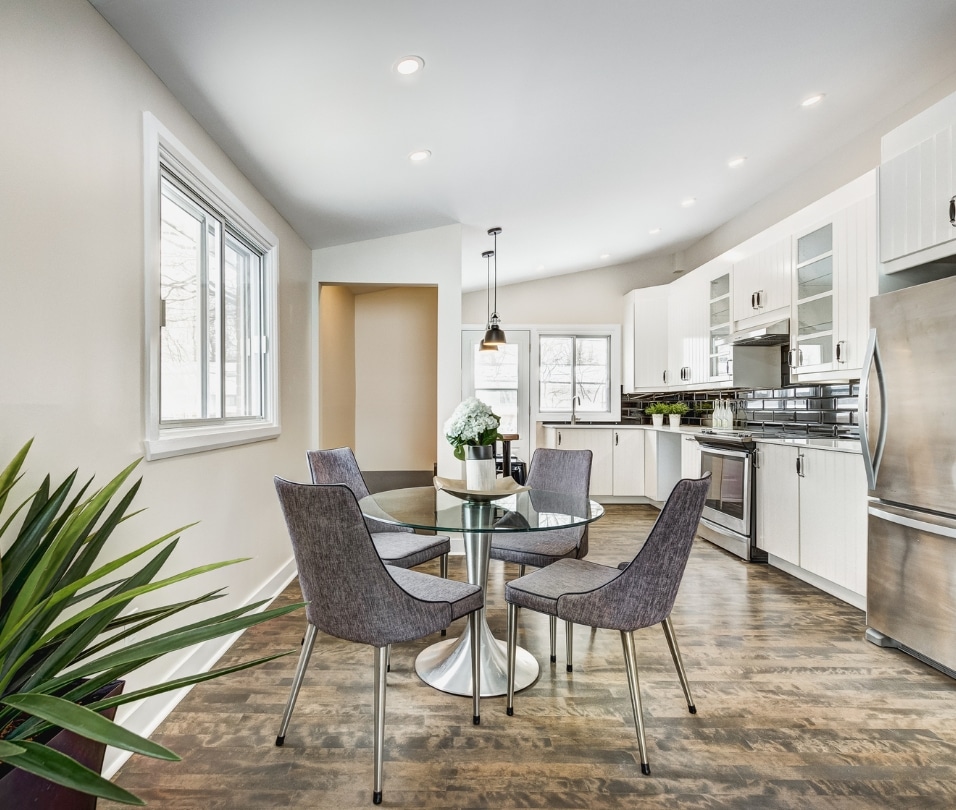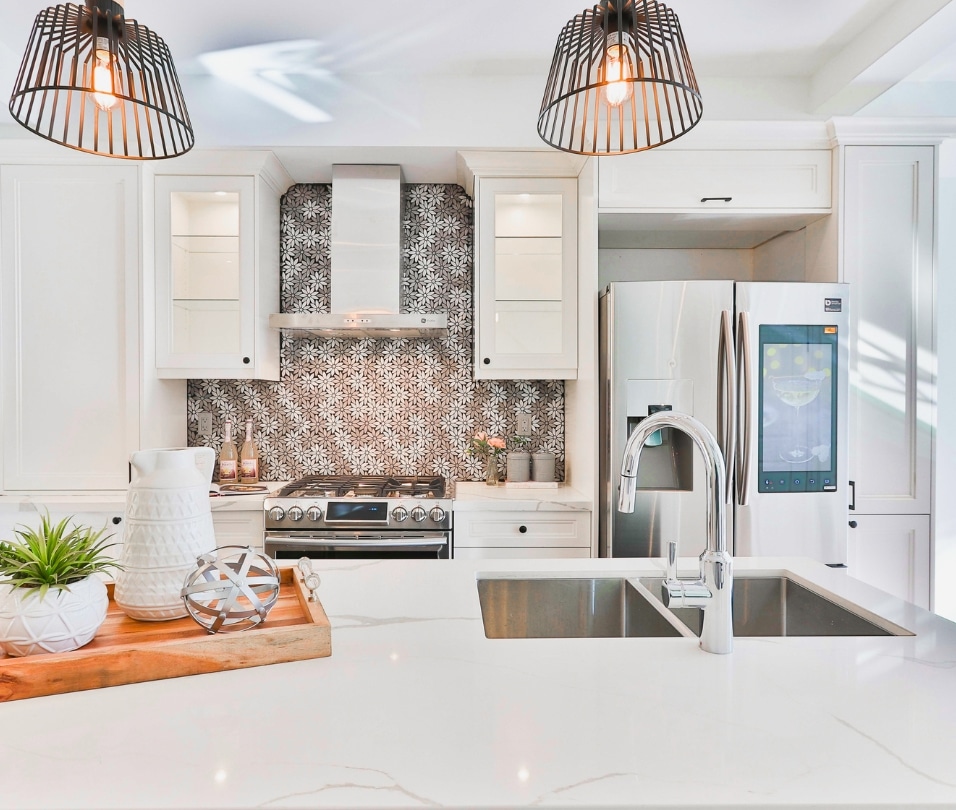
Your guide to financing an ADU
Financing Calculator
Enter your project estimates to calculate your monthly payment.
$1,739
Principal
$150,024
Interest
$80,200
Total Payable
$230,224
Simplifying your journey to the perfect ADU
Whether tweaking a basic floor plan or crafting a unique design from the ground up, we’re here to guide you every step of the way.
1
Submit Online
Initiate your ADU project with ease. Begin the process online and set the foundation for a seamless journey.
2
Get Pre-Qualified
Step into the realm of possibilities. Get pre-qualified and discover your financial options without delay.
3
Review Process
Dive deeper into planning with our thorough review process, ensuring every detail aligns with your vision and budget.
4
Approval
Celebrate the green light for your project. With our support, navigate to successful approval and watch your ADU dreams take shape.
Best ways to finance an ADU or garage conversion
Looking to add an ADU but unsure about financing? Here's your blueprint for making it a reality.
Financing Options
If you don't have the necessary cash on hand, consider seven principal financing routes for your ADU project.1. Cash-Out Refinancing
1st finance way
How it works
This option consolidates your existing mortgage and ADU financing into a new, single loan, potentially with better terms and a lower interest rate.Pros:
- Immediate access to a lump sum of money for your ADU project.
- Potentially lower interest rates compared to personal loans or credit cards.
- Consolidated debt with a single monthly payment for both your mortgage and ADU financing.
- Mortgage interest may be tax-deductible if used to significantly improve the homeowner’s property.
Cons:
- Involves closing costs, adding to the upfront expense of the ADU.
- Could lead to higher monthly payments due to the increased loan amount.
- Extends the debt period, potentially increasing the total interest paid over the life of the loan.
- Risk of foreclosure if unable to meet the new loan payments.

2. Renovation Loan
2nd finance way
How it works
These loans consider the projected value of your home post-renovation, potentially allowing you to borrow more than with a standard loan.Pros:
- Access to funds based on the future, post-improvement value of your home.
- Can significantly increase the property’s value and utility.
- Consolidates purchase or mortgage costs and renovation expenses into one loan.
- Competitive interest rates compared to other financing methods.
Cons:
- The application process can be more complex and demanding.
- May feature higher interest rates and fees to offset the lender’s increased risk.
- Budget overruns could require securing additional funding beyond the loan amount.
- Using the home as collateral puts the property at risk if the loan cannot be repaid.

3. Construction Loans
3rd finance way
How it Works
These loans cover construction costs disbursed in stages, based on completed work, then typically convert to a standard mortgage.Pros:
- Custom-tailored for construction projects with payment disbursements aligned with project milestones.
- Interest-only payments during construction for lower initial costs.
- Enables the building of a custom ADU to specific preferences and requirements.
Cons:
- Often come with higher interest rates due to the temporary nature and higher risk.
- Stringent qualification criteria including higher down payments and credit scores.
- Managing loan disbursement and construction timelines can be complex.
- Risk of needing to secure a mortgage at completion if the loan doesn’t automatically convert.

4. Jumbo Cash-Out Refinance
4th finance way
How it Works
These loans replace your existing mortgage with a larger loan, offering the difference in cash for projects like ADU construction.Pros:
- Access to larger amounts of funds suitable for substantial projects.
- Competitive interest rates can offer financial advantage over other high-limit loans.
- Consolidates primary mortgage and project financing into a single loan.
Cons:
- Increases overall debt burden with a larger loan amount.
- Reduces home equity, potentially affecting future borrowing power.
- Involves closing costs, which can be substantial for larger loans.
- Risk of foreclosure if unable to keep up with the larger loan payments.

5. Reverse Home Equity Conversion Mortgage (HECM)
5th finance way
How it Works:
Based on the homeowner's age, home value, and equity, this loan provides funds without requiring repayment until the homeowner moves, sells, or passes away.Pros:
- Eliminates monthly mortgage payments.
- Provides flexible cash use for ADU projects.
- Loan amount is capped at the home’s value, protecting against underwater loans.
- Typically tax-free funds that don’t affect most retirement benefits.
Cons:
- Loan balance increases over time due to accruing interest.
- Decreases inheritance for the homeowner’s heirs.
- Higher upfront costs compared to other loan types.
- Could affect eligibility for need-based government programs.

6. Home Equity Line of Credit (HELOC)
6th finance way
How it Works
Homeowners can draw on this line of credit as needed, paying interest only on the amount used, typically at variable rates.Pros:
- High flexibility for funding ADU construction with as-needed cash access.
- Lower interest payments during the draw period.
- Potential tax deductions on interest payments if used for home improvements.
- Generally lower interest rates compared to unsecured credit options.
Cons:
- Variable interest rates can lead to payment fluctuations.
- Risk of overspending due to the revolving nature of the credit.
- Failure to repay can lead to foreclosure.
- Requires substantial home equity to qualify.

7. Custom Financing
7th finance option
How it Works
This approach can include various financing methods, such as personal loans, construction loans, and renovation loans, each selected based on the borrower's financial status and the project's unique needs.Pros:
- Tailored solutions provide precise financing that aligns with project requirements and borrower circumstances.
- Offers potential access to funds that accurately reflect the projected value of the ADU, possibly enhancing borrowing limits.
- A broad spectrum of financing products available, catering to a wide range of needs and preferences.
Cons:
- Some options may carry higher interest rates, particularly unsecured loans that do not require collateral.
- The process of selecting and securing custom financing can be complex, requiring a detailed understanding of various financial products.
- The flexibility and variety of options might lead to overborrowing, potentially causing financial stress.

Frequently asked questions
Our mission is to streamline your ADU journey from concept to completion. Let us handle the complexities, from initial sketches to navigating the maze of permits.
Better Place Design & Build provides various financing options tailored specifically for ADU projects. These may include home equity loans, construction loans, or specialized ADU financing programs to suit your needs.
Our ADU loan calculator is user-friendly and intuitive. Simply input the required details such as loan amount, interest rate, loan term, and any additional fees, then click calculate.
The most common financing options include Cash-Out Refinance, where you refinance your existing mortgage and take out additional cash; Home Equity Lines of Credit (HELOC), allowing you to borrow against your home equity; Home Equity Loans, providing a lump sum based on your equity; Construction Loans, designed specifically for funding construction projects; Renovation Loans that combine mortgage and renovation costs; Personal Loans based on creditworthiness; and using Savings or Investments.
Yes, some loan programs allow you to use projected rental income to qualify for a loan, but this depends on the lender's policies. Programs like Fannie Mae's HomeReady® may consider rental income under certain conditions.
While direct government grants for ADUs are rare, local governments or housing authorities may offer incentives, low-interest loans, or other programs to encourage ADU construction, especially to address affordable housing needs.
Generally, adding an ADU will increase your property taxes since it raises the property's overall value. The impact on taxes varies based on local assessment practices and rates.
No, an ADU is considered part of the same property as the main house and cannot have a separate mortgage. Financing obtained would be based on the entire property, including both the primary residence and the ADU.
Evaluate the total cost of the ADU project, including construction, permits, and upgrades. Consider how the ADU will be used, your long-term financial goals, and the potential impact on your property's value and taxes. Compare loan products to find the best fit for your financial situation.
Approval times vary by loan type and lender. Cash-Out Refinances, HELOCs, and Home Equity Loans may take a few weeks. Construction and Renovation Loans can take several weeks to a few months due to their complexity. Personal Loans often have quicker approval times but may come with higher interest rates. Always consult directly with lenders for accurate timelines based on your specific situation.

